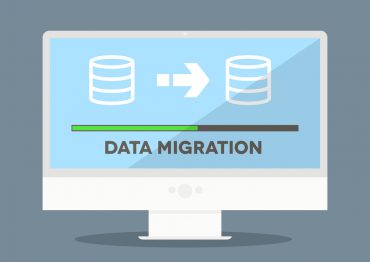
Every enterprise seeking real-time or highly intelligence capabilities is going to need to enlist the services of a cloud provider. Be sure to look past the eye-glazing verbiage of contracts to get the real story of exactly how the vendor intends to charge your enterprise.
For gaining access to the latest technology and almost unlimited capacity needed for real-time applications and streaming, cloud is the way to go, and there are many cloud services to facilitate any and all requirements. However, cloud vendors’ contracts are fraught with legalize landmines that could cause many enterprises to end up with the short end of the stick. Plus, there are often misconceptions about pricing — for example, cloud subscriptions do not offer the option to “pay by the drink,” they usually are cast in immovable monthly fees, in the same manner as traditional on-premises software.
The gotchas and grabs buried in complex cloud contracts have been surfaced in a work by Adam Mansfield, practice leader of the Microsoft, Salesforce, and ServiceNow advisory services at UpperEdge. In his eBook, The Ultimate Guide to Cloud Subscriptions Agreements, Mansfield reminds us that no deal is set in stone, and corporate cloud subscribers have some leeway in what they can negotiate. “Companies adopting cloud applications must approach their cloud agreements with the proper rigor and ensure they include necessary upfront and downstream protections as well as flexibility while also addressing various security concerns,” he states.
See also: The Cloud Journey: Implementing a Hybrid IT Infrastructure
It’s important to negotiate terms that “ensure you don’t pay for ‘air,’” Mansfield explains. “In many instances, fixed commitments for specified numbers of users create the dreaded shelfware effect. Enterprises that are forced into upfront commitments end up buying more user software licenses than necessary.” With cloud agreements, “the enterprise does not own a license to walk away with and use later. When an enterprise enters into a cloud subscription agreement, they are renting access to the functionality.”
Remember, from the vendor’s perspective, what they want above all else is an assured and predictable revenue stream. Here are some guidelines for negotiating a cloud agreement:
What to do about pricing: “Cloud subscription agreements are often ambiguous regarding protections against price increases applied to any additional products or users added during the term,” Mansfield says. Make it clear that adding additional products or users will come under the original pricing agreement. In addition, beware of price hikes at renewal time — start off an initial contract with caps on future price hikes.
What to do about downtime: Who’s responsible when systems slow down or go down? Get exacting with the parameters for service level agreements, Mansfield says. “The moment the downtime starts, the clock needs to begin ticking in terms of calculating downtime.” In addition, needs to be “clear and specific penalties defined and enforced.”
What to do about data: When it comes to data ownership and management, “standard cloud agreements are ambiguous at best,” Mansfield cautions. “Customers must retain full ownership and have access to their data at all times. Specifically, companies must ensure they can obtain a complete copy of their data from cloud vendors, upon written request. Back-up, encryption, and data disposal processes should also be spelled out in advance in case of future litigation or termination.”
What to do when things come to an end: “The vendor obligations upon termination need to be clearly stated,” Mansfield says. When it comes to data, “at a minimum, upon termination, data should be returned to the customer in both the vendor’s data format and a platform-agnostic format. Once a successful hand-off of that data has been confirmed, all customer data should be permanently removed from all vendor servers.”
See also: Visibility into Costs Critical for Cloud Migration Success
Every enterprise seeking real-time or highly intelligence capabilities is going to need to enlist the services of a cloud provider. Be sure to look past the eye-glazing verbiage of contracts to get the real story of exactly how the vendor intends to charge your enterprise, and how deep its responsibility for the performance of your applications.






























